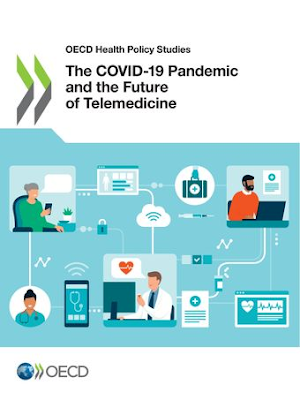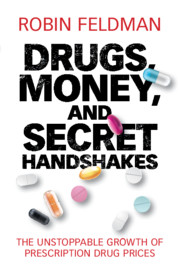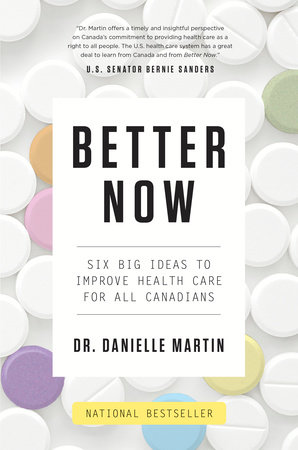The COVID-19 Pandemic and the Future of Telemedicine
Els fets són toçuts i fan canviar comportaments quan menys t'ho esperes. I això és el que va passar durant la pandèmia. Havíem d'accedir al contacte expert amb metges i estava limitat. La telemedicina es va presentar com a solució efectiva a un problema real. Però no és que no hi fos abans, moltíssima gent es va adonar que existia "La meva salut" just en el moment de la pandèmia (1,5 milions d'altes el 2020). La infraestructura havia costat molt bastir-la però estava apunt. Algú es pot imaginar com s'haurien pogut gestionar els 9,4 milions de contactes realitzats només mitjançant TIC l'any 2020?. Si a això afegim els 18,6 milions de contactes telefònics, tenim 28 milions de contactes no presencials, en comparació als 24,7 milions de contactes presencials. El resultat és que les tecnologies de la comunicació van ajudar a resoldre el 53% dels contactes i van contribuir moltíssim a resoldre problemes de salut durant la pandèmia. Altres països de l'OCDE van fer una proporció inferior de teleconsultes, vegeu el gràfic de l'informe de l'OCDE:
When European health authorities head to the negotiating table, they will have to come to terms with a drug industry that is no longer focused on producing daily pills to pop.Whereas drugmakers used to make a little from each patient in a large market, increasingly they are focused on charging more to treat small subsets of patients, with rare diseases, or in oncology, with a certain mutation in their tumour.Governments have not been giving their health systems more money to cope with this change.
Tot d'una algú s'ha adonat que no hi ha mercat en els medicaments sota patent, sino que tenim un monopsoni. Ha tardat molt, però ha arribat el dia que han conegut el monopsonista que és qui mutualitza el risc poblacional d'emmalaltir. I ara només cal veure com es desenvolupen els escenaris, o captura del regulador/monopsonista o benestar social.










